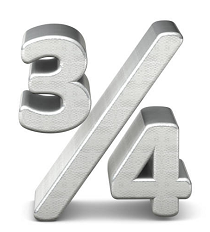Fraction Calculator
Now you can Add Fractions, Subtract Fractions, Multiply Fractions, or Divide Fractions online. Find your answer in the simplest form with this Online Fraction Calculator.
To reduce a fraction to the simplest form, try our Simplify Fractions Calculator
How do you add fractions?
Adding fractions that have like denominators:
• Simply add the numerators of the fractions.• The denominator of the resulting fraction will be the common denominator of the fractions.
• Reduce the resulting fraction.
For example: a/b + d/b = (a + d)/b
or
7/17 + 9/17 = (7 + 9)/17
Adding fractions with different denominators:
• If the denominators don’t match, Multiply the denominators together.• Adjust your numerators (top numbers) accordingly. E.g. if you doubled the denominator, then double its numerator.
• Add together the numerators, and put this total over the common denominator.
• Simplify the fraction to the smallest possible denominator, with the numerators also reduced proportionately.
Example: a/b + c/d = (ad + cb)/bd
For adding the fractions 1/3 and 1/5,
1/3 + 1/5 = (1*5 + 1*3)/3*5 = 5+3/15 = 8/15
The sum 8/15 is already in its simplest form.

